CLIMATE CHANGE
A Future Ready Population
Tharika Fernando sheds light on approaches to tackling climate change and water scarcity in Sri Lanka
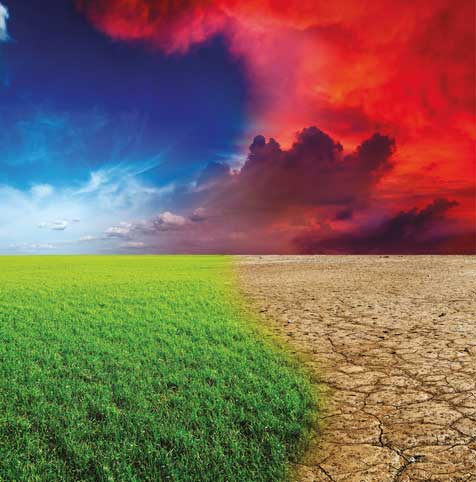
The impact of climate change is positive and negative in different countries,” observes Tharika Fernando who is a Climate Change Ambassador for the Global Youth Climate Network’s (GYCN) Cohort 2021. When it comes to Sri Lanka, changes in temperature, and rainfall patterns and intensity, are some effects of this phenomenon.
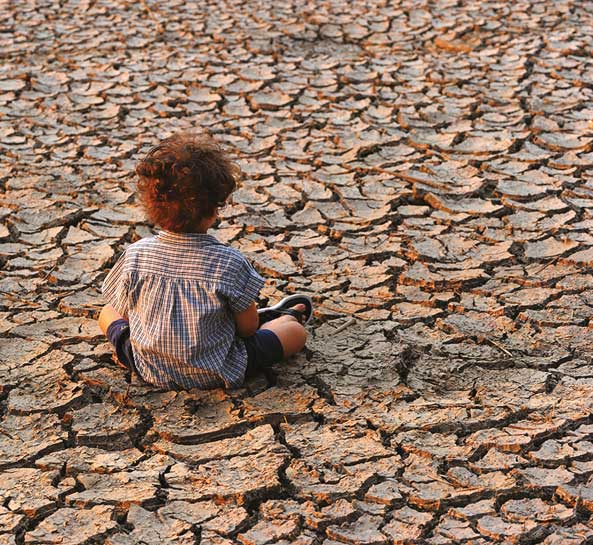 Recent studies indicate that the rise in temperature in the island is marginally lower than the global average. Generally, minimum temperatures are projected to rise more quickly than average temperatures.
Recent studies indicate that the rise in temperature in the island is marginally lower than the global average. Generally, minimum temperatures are projected to rise more quickly than average temperatures.
Fernando notes that the projected increases in the frequency and intensity of extreme rainfall may lead to greater risks for the poor and marginalised: “People in the north may experience adverse impacts due to the increase in temperature, which would also affect agriculture yields, household incomes and the economy.”
And the repercussions may be more far-reaching than expected, as she points out that “rising sea levels would have direct impacts on the tourism industry.”
“Climate change is real and unavoidable,” Fernando cautions, maintaining that “we can work to mitigate its adverse effects.”
 To tackle this, she highlights several approaches: “First and foremost, policy reforms and cooperation are needed to incorporate climate change safety precautions in national planning processes.”
To tackle this, she highlights several approaches: “First and foremost, policy reforms and cooperation are needed to incorporate climate change safety precautions in national planning processes.”
“Secondly, disseminating information on green jobs and education – especially among university and secondary school students – will lead to an educated and future ready population that can tackle this phenomenon,” Fernando states.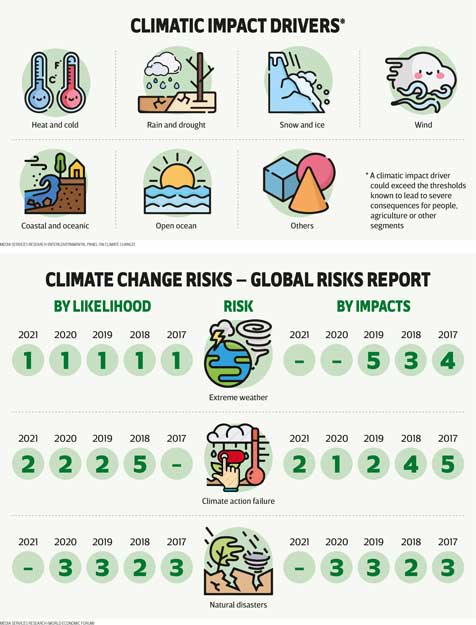
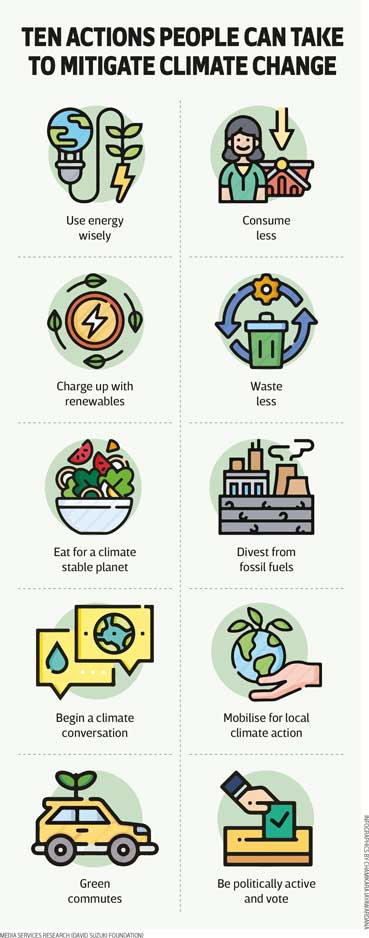 But the most important approach in her view, is upgrading and pursuing climate friendly livelihoods as she stresses that “limiting the use of single-use plastics, and using alternatives to plastic, public or user-friendly modes of transport, as well as many more individual acts, would help the world advance in a sustainable and climate friendly manner.”
But the most important approach in her view, is upgrading and pursuing climate friendly livelihoods as she stresses that “limiting the use of single-use plastics, and using alternatives to plastic, public or user-friendly modes of transport, as well as many more individual acts, would help the world advance in a sustainable and climate friendly manner.”
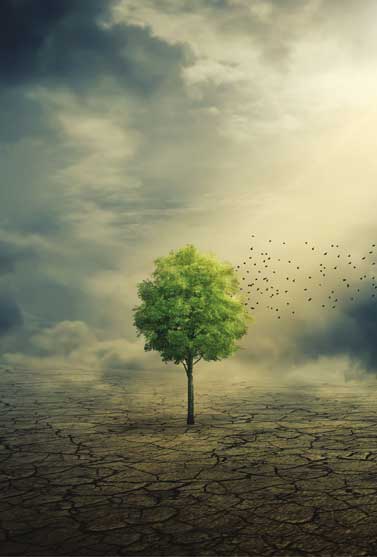 Sri Lanka also faces a variety of issues where water is concerned, which Fernando notes depend on the intended use: “In general, the most prominent issues are the lack of availability, declining quality, temporal and spatial variations in quality and quantity, and waste – particularly in the agricultural and domestic sectors.”
Sri Lanka also faces a variety of issues where water is concerned, which Fernando notes depend on the intended use: “In general, the most prominent issues are the lack of availability, declining quality, temporal and spatial variations in quality and quantity, and waste – particularly in the agricultural and domestic sectors.”
In her assessment, population growth, internal migration and deforestation are factors too. While usable water resources are gradually dwindling for many reasons, the growing population and increase in living standards lead to greater demand for water. Therefore, conflicts related to sharing water resources arise, which might be aggravated in the future.
Two significant threats faced as a consequence of climate change are flash floods and extreme droughts.
 “To reduce the impacts of flash floods, we can strengthen reservoirs and increase their capacities, shift vulnerable infrastructure to areas that do not experience floods, and relocate settlers and buildings to safer areas,” Fernando recommends.
“To reduce the impacts of flash floods, we can strengthen reservoirs and increase their capacities, shift vulnerable infrastructure to areas that do not experience floods, and relocate settlers and buildings to safer areas,” Fernando recommends.
Meanwhile, the impacts of extreme droughts on agriculture could be addressed through changes in crop planning and by increasing water storage capacities.
“As for domestic use, the piped water supply system may be affected by seawater intrusion as a result of sea levels rising as many coastal areas use water extracted from rivers,” she reveals, adding: “This could be addressed by shifting water intakes to higher ground or erecting seawater barriers – both of which are quite expensive.”
Fernando concludes: “A more sustainable approach will be reducing the demand for water in both sectors through conservation methods.”



